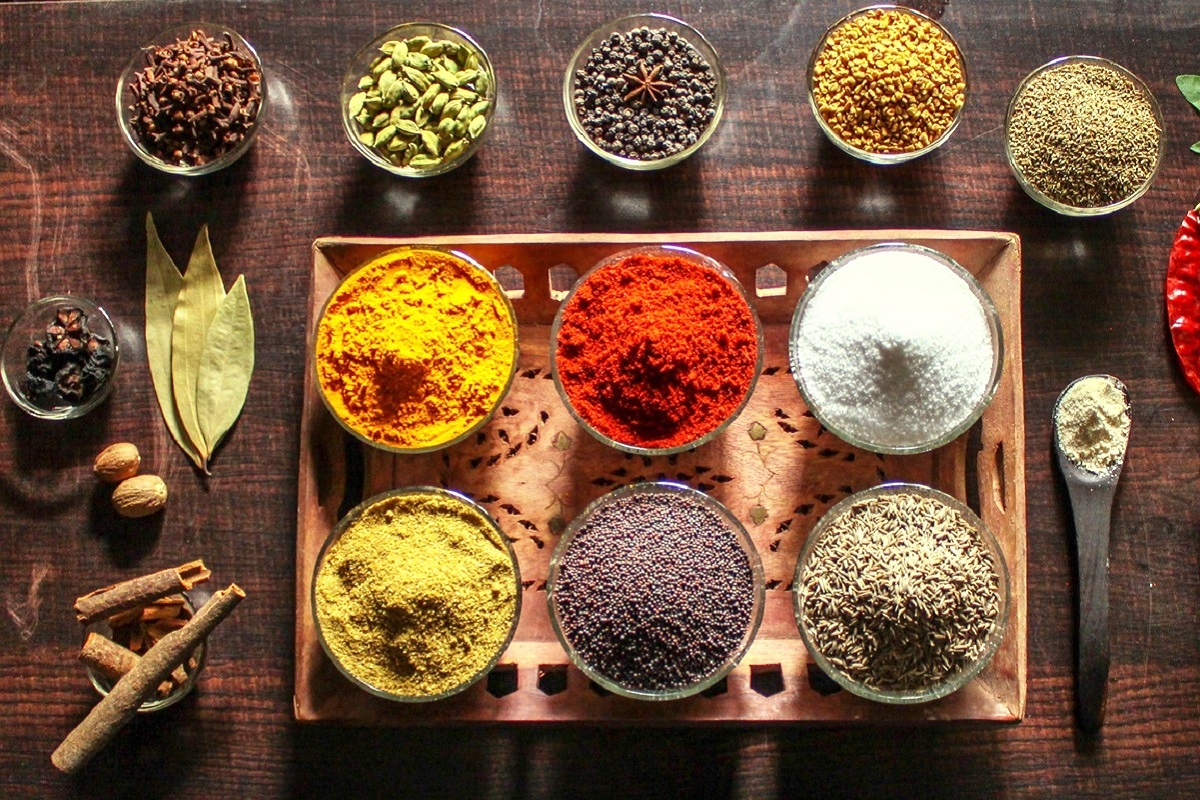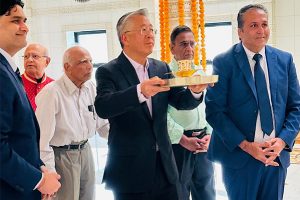India wants the World Trade Organization (WTO) to address issues related to exploitation of traditional knowledge (TK), food security and access to affordable medicine.
Traditional knowledge refers to the perennial practices that have been indigenously developed, evolved, preserved and utilized over time by local communities. This knowledge extends to a variety of realms such as medicines and agriculture, and is disseminated through stories and rituals or has trickled down through generations by word of mouth. They are basically the intellectual activity that has evolved through centuries at the community level and is thus the collective knowledge of the entire community. A part of this has been described in ancient classical literature, but much of it is not documented. Indian Ayurveda is one such example, which has been curing patients for ages.
The protection of traditional knowledge has been a challenging issue for countries around the world. The primary difficulty stems from the lack of a definition, the difficulty in establishing ownership and the wide range of protections usually sought for. Moreover, India’s traditional knowledge has been patented abroad, particularly to the US. As this problem of biopiracy increased, the solution arrived with the Traditional Knowledge Digital Library (TKDL), whose purpose is to pre-empt the grant of patents. However, the utility of TKDL has often been questioned particularly in light of its closed access model as well as the changes in the legal position in the US. The arguments primarily are that in the post-America Invents Act era, traditional knowledge would be considered as the prior art and TKDL only serves as a tool to facilitate locating the knowledge. Moreover, as TKDL follows a closed access model, it fails to act as a meaningful resource for other research purposes. Therefore, there is little virtue in continuing with the TKDL in its closed access format while incurring a huge cost in doing so.
Traditional knowledge may have a high commercial value in particular medicinal aspects, and this might be an effective cure for an ailment. Hence,it is a cogent reason for corporations and individuals to go for patent protection of such knowledge based inventions just to gain monopoly. Something that is part of public knowledge in one region of the world might be totally unknown to the other regions. In the past there were cases in which such knowledge was monopolised and granted patent. The patent for wound healing properties of turmeric in 1997 at US patent trademark office (USPTO), antifungal properties of Neem at European patent office (EPO) in 2005 are two such misappropriations of India’s traditional knowledge. And it took 10 years to revoke these frivolous patents apart from the huge expenditure on opposition proceedings. On an average, it takes five to seven years to oppose a TK granted patent. For an invention to be protected under patents it has to be new project with commercial viability. Patent examiners across the globe check the patentability under these criteria. As we know traditional knowledge as such is not novel but the lack of accessibility of such information in international languages results in granting of patents which hamper the rights of local communities. So it is imperative to provide accessibility of traditional knowledge to patent offices across the globe in international languages. Moreover there is need to establish a common pool of traditional knowledge database of respective regions of the world so as to prevent the grant of patents based on any such traditional knowledge… which in fact shall be free for all to use and exploit.
In order to safeguard the Traditional Knowledge resource from misappropriation, the Department of Ayurveda, Yoga & Naturopathy, Unani, Siddha and Homoeopathy- (AYUSH) had in 1999 constituted an inter-disciplinary task force, for creating a Traditional Knowledge Digital Library (TKDL) a database in which traditional medicinal information is digitised with accessibility in five major international languages to patent offices across the world. This would enable examiners to conduct a patent search to check the novelty of the invention. TKDL was initiated in 2001. It is a collaborative project of the Council of Scientific and Industrial Research (CSIR), Ministry of Science and Technology and Department of AYUSH, Ministry of Health and Family Welfare, and is being implemented by CSIR. An inter-disciplinary team of Traditional Medicine (Ayurveda, Unani, Siddha and Yoga) experts, patent examiners, IT experts, scientists and technical officers are involved in the creation of TKDL for Indian systems of medicine. India is the first and the only country in the world to have set up an institutional mechanism to protect its traditional knowledge in order to prevent the grant of erroneous patents. Indeed, the Traditional Knowledge Digital Library has converted and structured ancient texts into 34 million A4-sized pages and translated them into English, French, German, Japanese and Spanish the major international languages. There are 150 books that are being transcribed at TKDL of which 75 are on Ayurveda, 10 on Unani, 50 on Siddha. The rest of the 15 books are based on Yoga which cumulatively result in 2,37,939 transcriptions of traditional medicine formulations as per the information furnished on the official website.
At the summit-level negotiations of WTO, India upped the ante to protect its food security, even as the U.S. refused to agree to the demands of developing nations on the issue. Initially, India was bargaining hard for improving an already available mechanism that safeguards government purchase of staple foodgrain from low-income and resource-poor farmers at subsidised prices for stockpiling, and then distributing them to the country’s economically weak. However, in the crunch phase of the talks, India sought to foolproof such a mechanism through an amendment of WTO rules on dispute settlement, to entirely prevent countries from legally challenging its food security programmes, according to sources privy to the negotiations.
The mechanism, called the ‘Peace Clause’, shields developing countries like India from being dragged by other countries to the WTO Dispute Settlement Mechanism for breaching the ceiling on product-specific domestic support (10 per cent of the concerned crop’s value of production). The ‘Peace Clause’ is available to developing nations, including India, till a ‘permanent solution’ is found by the WTO members to the issue of public stockholding for food security purposes. In 2013, members had agreed during the Ministerial Conference (or MC ~ the WTO´s highest decision-making body) to find a ‘permanent solution’ before the 2017 meeting. The decision to expedite work on the ‘permanent solution’ was noted in the 2015 Nairobi MC decision. Thanks to the ‘Peace Clause’, which is available in perpetuity (as reaffirmed in the Nairobi MC), even without a ‘permanent solution’, India would not have much trouble in implementing its food security programmes. However, the Peace Clause’s conditions make it difficult for developing countries to use the same. Therefore, at the 2017 MC at Buenos Aires, India, along with other developing nations, wanted the ‘Peace Clause’ provisions to be improved upon and converted into a permanent solution ~ a demand the US showed little interest in accepting.
(To be concluded)
(The writer is former Senior Professor, International Trade. He may be reached at vasu022@gmail.com)











